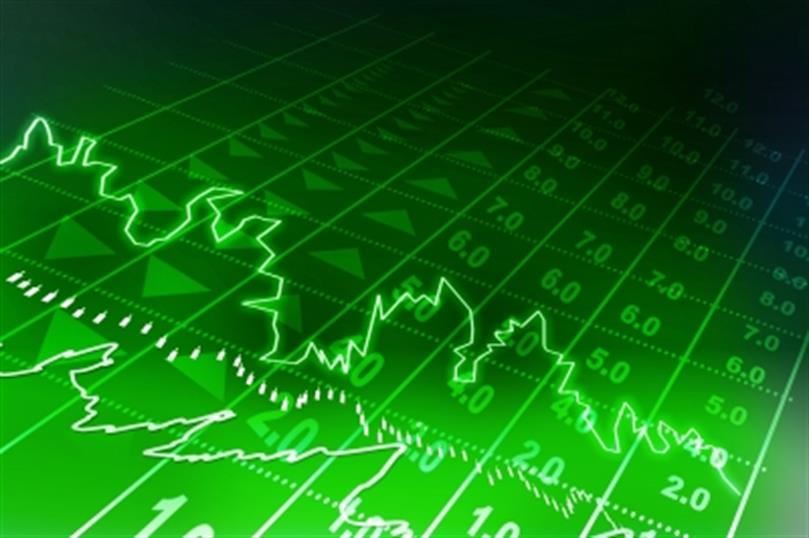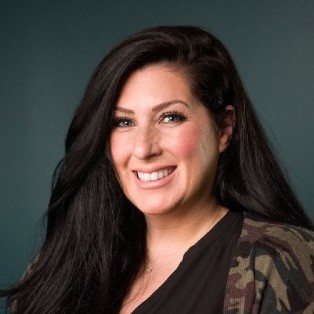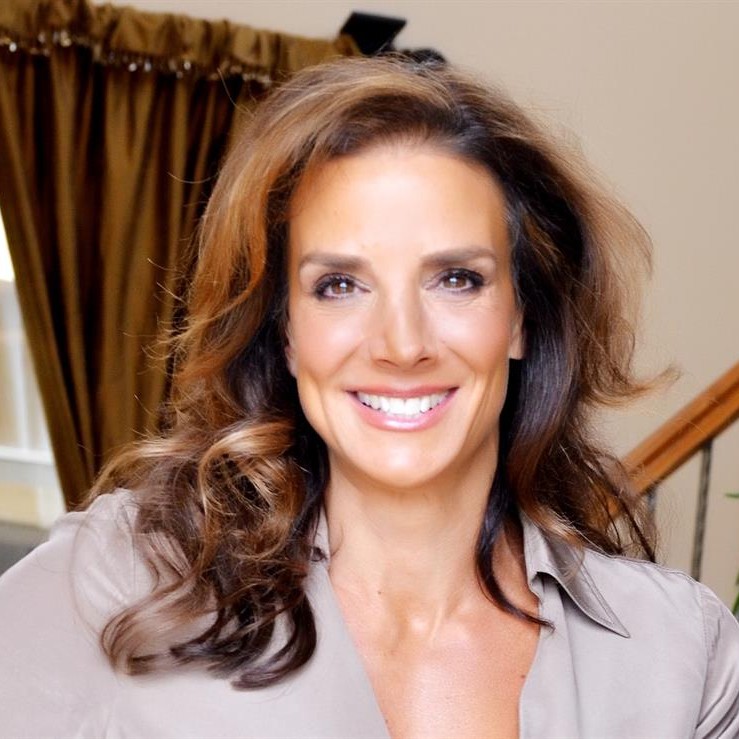Interest rises at this time every four years as the presidential race intensifies. At this time every year, retailers’ interests also rise on prospects for the upcoming holiday buying season. Throughout 2016, however, concerns about interest rates focused attention on the Federal Reserve (Fed) chair, Janet Yellen, and possible actions by the Fed’s main policy arm, the Federal Open Market Committee (FOMC). What’s going on?
Fed goals include fostering maximum employment and price stability. There are no well-established, precise criteria for judging overall economic health, however, so FOMC actions require decisions from all voting members, not just Janet Yellen, who serves as the public spokesperson for the FOMC.
Economic conditions look good this year. Employment is up despite slow growth in production. Rising income gives consumers a boost for spending this holiday season. With consumer price inflation below 2%, households will find items priced close to last year’s levels.
On the financial side, commercial and industrial loans have more than doubled since 2009 as U.S. banks accommodated business demands for loanable funds at low interest rates, which plunged during the Great Recession and have trended down since then (See chart.). The rate for moderate-risk commercial and industrial loans, for example, is averaging 2.7% this year compared to 7% in 2007. Low borrowing costs also provide a boost to the economy.
The Fed does not directly control rates on commercial and industrial loans, which are set in private markets. The FOMC sets a target range for the federal funds rate, currently 0.25% to 0.5%. That’s an overnight rate banks charge each other when lending funds from reserve accounts at Fed district banks. Banks with surplus funds, for example, can lend to banks that needs cash overnight. The effective federal funds rate in the chart has not moved much in eight years, and at 0.40% now, it is in the target range. The FOMC influences that rate directly through buying or selling U.S. Treasury securities in the open market, which adds or removes bank reserves from the system. A change in the federal funds rate is usually followed quickly in other markets.
Who decides? The FOMC includes governors of the Federal Reserve Board appointed by the president with U.S. Senate confirmation to full 14-year terms or unexpired replacement terms. A full board has seven governors. The president also appoints the chair, Janet Yellen, and vice chair, Stanley Fischer, to 4-year terms with senate confirmation. In addition to governors, five of twelve presidents of Fed district banks serve as voting members. The president of the New York Federal Reserve Bank is a permanent member because that district bank executes open market operations.
2016 members include:
Governors (5)
- Janet Yellen, chair, term ends February 3, 2018
- Stanley Fischer, vice chair, term ends January 31, 2020
- Daniel Tarullo, filled unexpired term ending January 31, 2022
- Jerome Powell, 14-year term ends January 31, 2028
- Lael Brainard, filled unexpired term ending January 31, 2026
District Bank Presidents (5)
- William Dudley, New York, permanent member
- James Bullard, St. Louis
- Esther George, Kansas City
- Loretta Mester, Cleveland
- Eric Rosengren, Boston
The FOMC increased its target range December 16, 2015. It hasn’t changed this year, although concern in financial markets rose before each FOMC meeting. No matter what the FOMC does through the end of 2016, interest rates are unlikely to move much as the low-interest-rate world persists. The next FOMC meeting is scheduled for November 1-2, followed by the last meeting in December.
by Dr. Paul J. Kozlowski*
*Dr. Paul Kozlowski is professor emeritus of business economics and finance at the University of Toledo, and past-president of the Mid-Continent Regional Science Association. He has served as an advisor to business and government organizations for over thirty-five years, and his articles have appeared in a variety of economic publications and books. He holds a Ph.D. in economics from the University of Connecticut and lives in Denver.
Image courtesy of cooldesign at FreeDigitalPhotos.net





